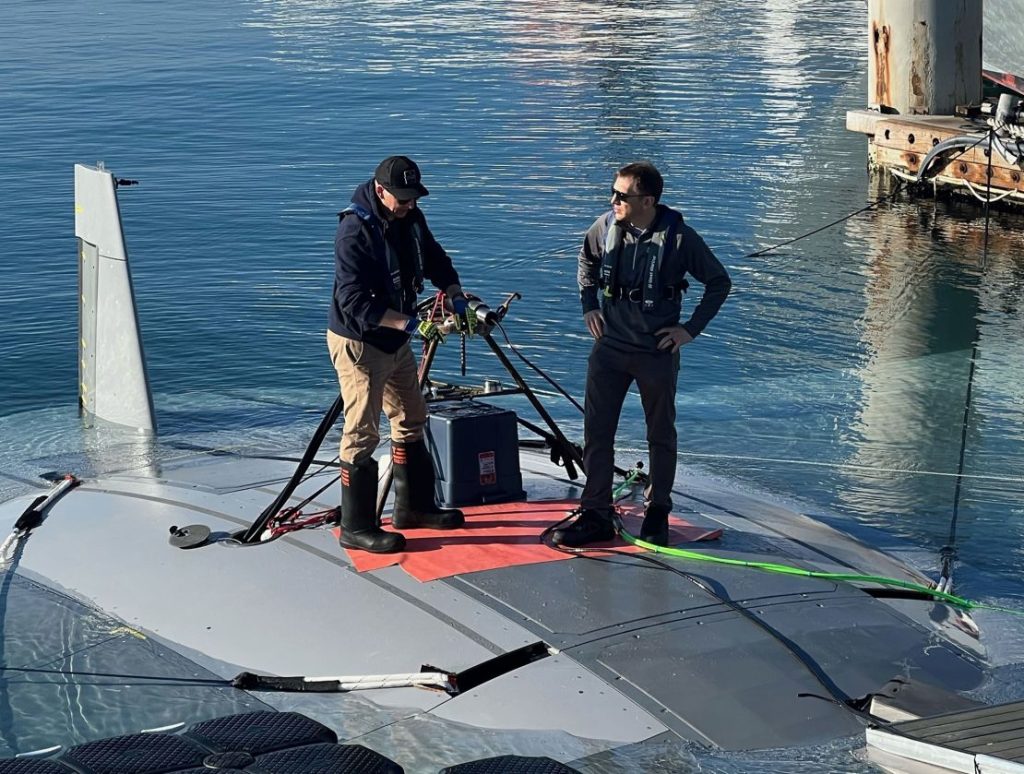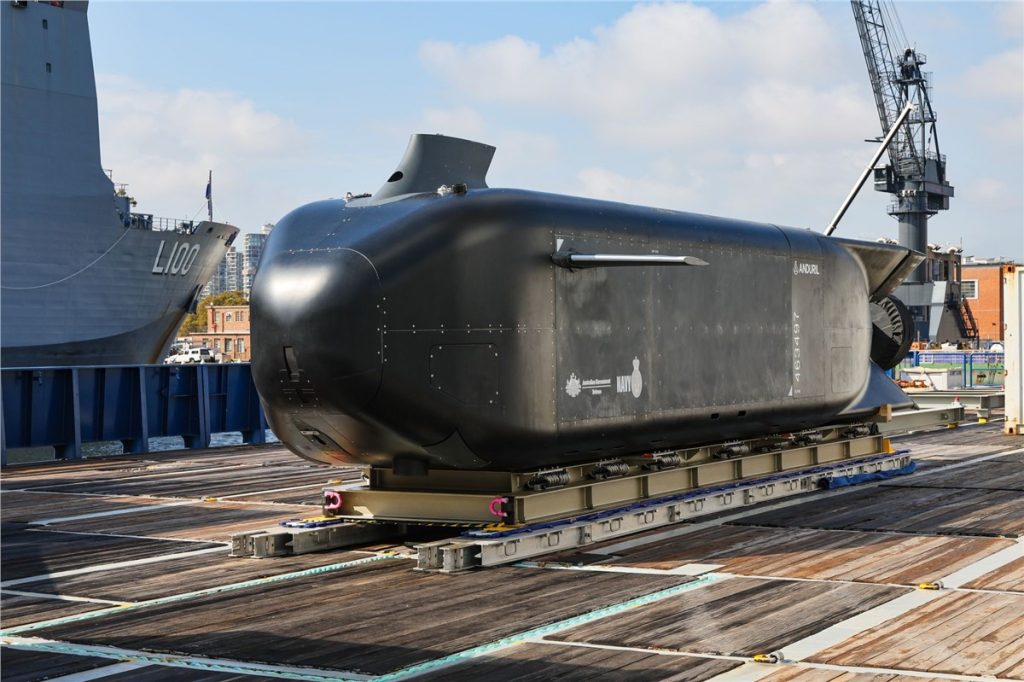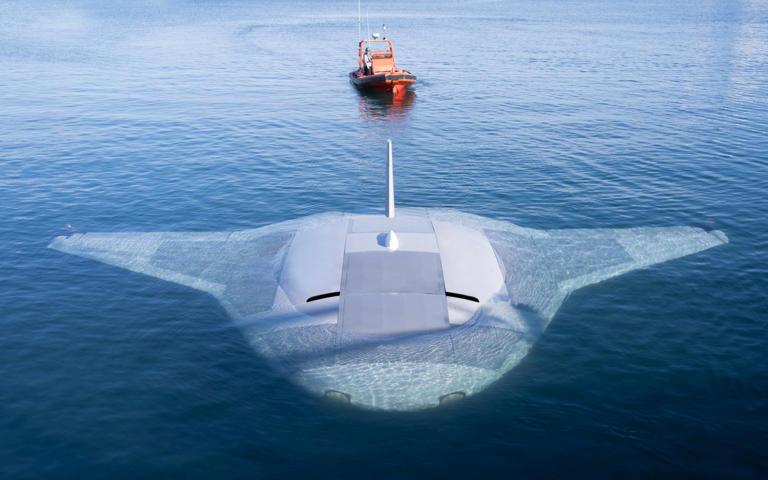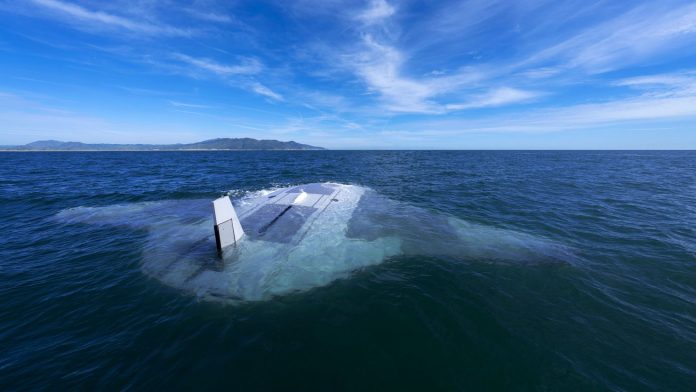In the ever-evolving landscape of modern warfare, innovation is key. As conflicts continue to shift towards unconventional theaters, the need for advanced technology becomes increasingly apparent. One such frontier is the vast expanse of the ocean, where traditional naval prowess meets the cutting edge of autonomous underwater vehicles (UUVs) or drones.
Enter Ghost Shark and Manta Ray, the latest additions to the arsenal of naval defense. These prototype UUVs, unveiled by Australia and the United States respectively, represent a significant leap forward in undersea warfare capabilities. While their names may evoke images of mythical creatures, their potential impact on maritime security is very real.
The introduction of drones in aerial warfare is nothing new. From reconnaissance to targeted strikes, drones have reshaped the battlefield, offering a potent combination of precision and persistence. Now, the focus is shifting beneath the waves, where traditional communication methods falter, and the environment poses unique challenges.
Underwater communications present a formidable obstacle, characterized by high energy requirements and significant data loss due to environmental variables such as water temperature, salinity, and depth. However, despite these challenges, the Ghost Shark and Manta Ray aim to overcome these hurdles, heralding a new era of undersea autonomy.
Australia’s Ghost Shark, developed by Anduril Australia, boasts itself as the “most advanced undersea autonomous vehicle in the world.” With a focus on stealth, long-range capabilities, and persistent intelligence, surveillance, and reconnaissance (ISR), Ghost Shark promises to redefine undersea operations. While specific details remain classified, its rapid development from concept to testing underscores the urgency and agility driving its creation.
Similarly, the United States’ Orca UUV, developed by Boeing, embodies a cutting-edge, autonomous platform with modular payload capabilities. Designed to execute a variety of missions, from reconnaissance to strike operations, the Orca exemplifies the adaptability and versatility demanded in modern naval warfare.
Meanwhile, Northrop Grumman’s Manta Ray offers a modular solution to undersea challenges. With the ability to switch out payloads and be transported in standard shipping containers, Manta Ray epitomizes flexibility and logistical efficiency. Tested off the coast of Southern California, its modular transport method ensures minimal energy expenditure, maximizing operational effectiveness.
As these technological marvels take center stage, the geopolitical implications reverberate across the Pacific. With China emerging as a formidable competitor in undersea technology, the race for dominance beneath the waves intensifies. While details on Chinese developments remain elusive, their commitment to UUVs underscores the strategic significance of undersea capabilities in the modern era.
Beyond the US, Australia, and China, a myriad of nations are investing in UUV technology, signaling a global shift towards undersea autonomy. From Canada to South Korea, countries are recognizing the importance of mastering the underwater domain in an increasingly interconnected world.
In this ever-evolving landscape, innovation is not merely a luxury but a necessity. As Ghost Shark and Manta Ray usher in a new era of undersea warfare, the stage is set for a future where autonomy reigns beneath the waves. In this realm of Ghosts and Rays, the boundaries of naval warfare are redefined, and the quest for dominance takes on a new dimension.





